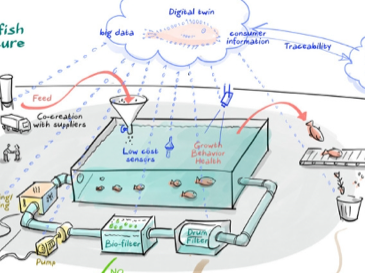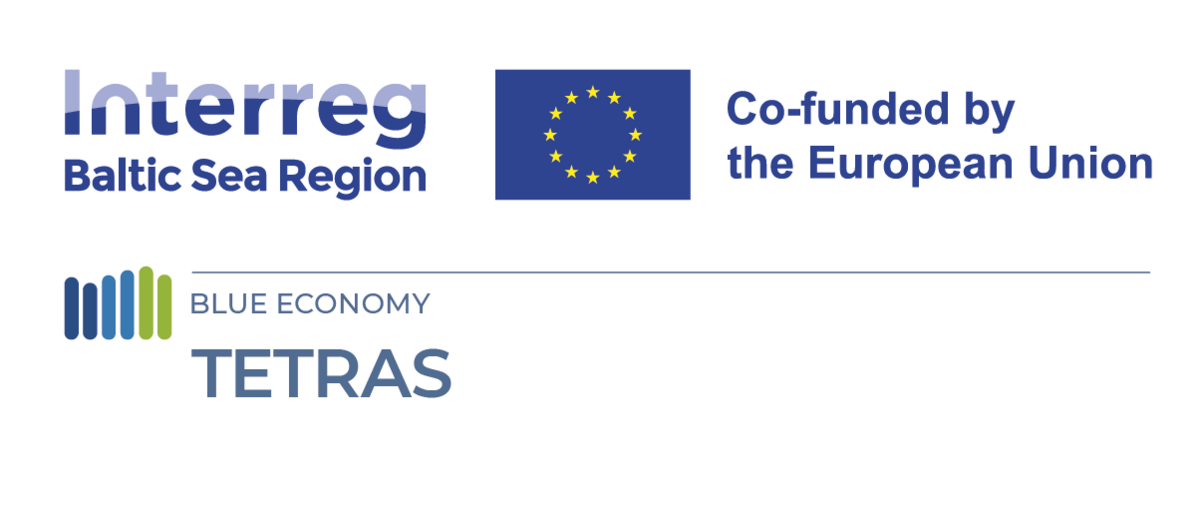The TETRAS project addresses a challenge common to regions across the Baltic Sea Region: how to harmonise economic development with social and environmetal goals. Much of the excess water or energy used in industry is lost to the environment. What if we could capture these resources and use them for food production? Specifically, how can we use water in a smart way that balances the needs of industry with state-of-the-art food production systems? The solution is RAS: Recirculating Aquaculture Systems. On its own, RAS are expensive and energy-intensive. However, as industrial "add-ons", RAS can be highly efficient methods of food production. For example, in combination with geothermal heat exchange, water re-use (e.g. so-called "technical" water) or agri-aqua symbioses like aquaponics. Besides food, RAS creates additional revenue streams, e.g. by-products for use in cosmetics, bioplastics, fertiliser, or biogas. TETRAS will show how RAS can be placed in strategic geographic locations, or combined with industrial processes to increase efficiency, while producing affordable, healthy food. The partnership will co-develop regional pilots and standardised tools for municipalities to assess and monitor RAS applications and match them with suitable industries. These tools will allow public authorities to integrate RAS into regional development strategies, contributing to both sustainable waters and the transition to a circular economy in a win-win scenario.
The TETRAS partnership consists of ten partners from five BSR countries: Denmark, Lithuania, Poland, Germany, and Estonia. The project will be supported by a high number of Associate Organisations, which also include organisations from Sweden and Finland.


